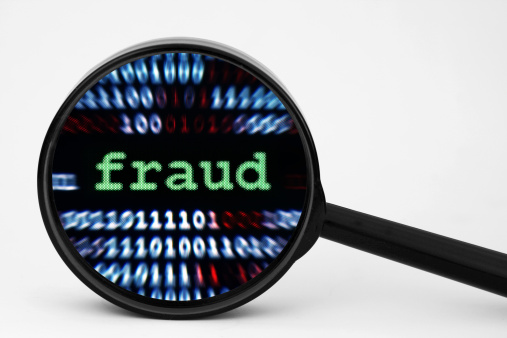By Jeff Frankel
When it comes to a firm’s check and balances, the five-letter F-word is one of the worst in the book: fraud. While the Association for Financial Professionals (AFP) reported that 2012 held the second lowest fraud reports of US business, the call to action should be no less important. Despite these positive market adjustments, there are still weekly headlines about fraudulent activity. If such passive news isn’t enough to prompt your firm to consider new control methods, consider the following statistics:
- According to a 2011 KPMG report, it takes an average of 4.2 years for workplace fraud to be detected.
- According to the Association of Certified Fraud Examiners (ACFE), the typical U.S. organization loses 5% of its annual revenues on fraud.
- The median organization loss from fraud is $20,300, according to the ACFE.
While it’s impossible to entirely eliminate attempts to defraud your company, you can take steps to increase transparency, thereby improving the odds that such attempts will be detected before they occur. In fact, the previously mentioned AFP report found that 38 percent of victimized businesses considered the lack of internal controls the biggest contributor.
The AFP and ACFE reports further stated the following: (a) the number of payable accounts has a direct, positive correlation with fraud losses, (b) the processing of false inbound invoices is one of the four most common cash schemes for defrauding an organization and (c), a system that automates the accounts payable process is a worthwhile investment for elevating your firm’s fraud detection.
How Automated Solutions Generate Improved Fraud Detection: Automated AP processing solutions lead to improved fraud mitigation for a number of reasons. First, an automated platform inherently reduces the number of human touch-points, thereby minimizing the opportunity for someone to “overlook” a duplicate or imitation invoice. With user permission and audit trails, the risk of fraud is already diminished.
Additionally, automated solutions are designed with technology capable of intelligently capturing key data that is analyzed and matched before progressing to the accounting department. Similarly, it allows for the linking of supporting data, which can be used to verify the efficacy of the invoice. When this three-way matching process deviates from the norm, the system naturally triggers an alert.
What’s more, electronic invoice solutions support management functions by streamlining the approval process. With 24/7 visibility into the process and reduced administrative burdens, management is able to examine each invoice adequately – prior to approval. This diminishes the likelihood that fake or duplicate invoices will “slip by” the system or designated approval party.
Finally, should a fraudulent invoice make its way through the system, electronic processing solutions track the life of the document. Awareness of such accountability measures will naturally deter internal attempts at fraud. However, when efforts are made, the audit history allows management and, if necessary, the appropriate authorities to discern who accessed the document and when they did so.
Don’t Get Caught Swearing: The hard costs associated with an AP processing solution are noteworthy, yet when compared with the potential risk/exposure associated with fraudulent inbound invoicing, it could be staggering. By leveraging a document management system that automates your accounts payable process, you will gain visibility and accountability necessary for mitigating risk and fraud.
Jeff Frankel is Vice President of Business Development and Marketing at docSTAR, a B2B software firm specializing in cloud document management solutions and business process automation. He has more than two decades experience in corporate business development, working with industry-leading firms including Authentidate Holding Corp, Med-Flash, Health Focus of NY, and Ernst & Young. Jeff offers innovative perspectives on streamlining business for improved efficiency and productivity. You can follow Jeff and the docSTAR team on Twitter, @docSTARsoftware.







